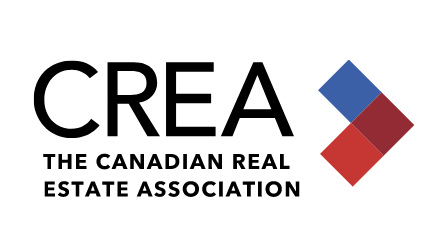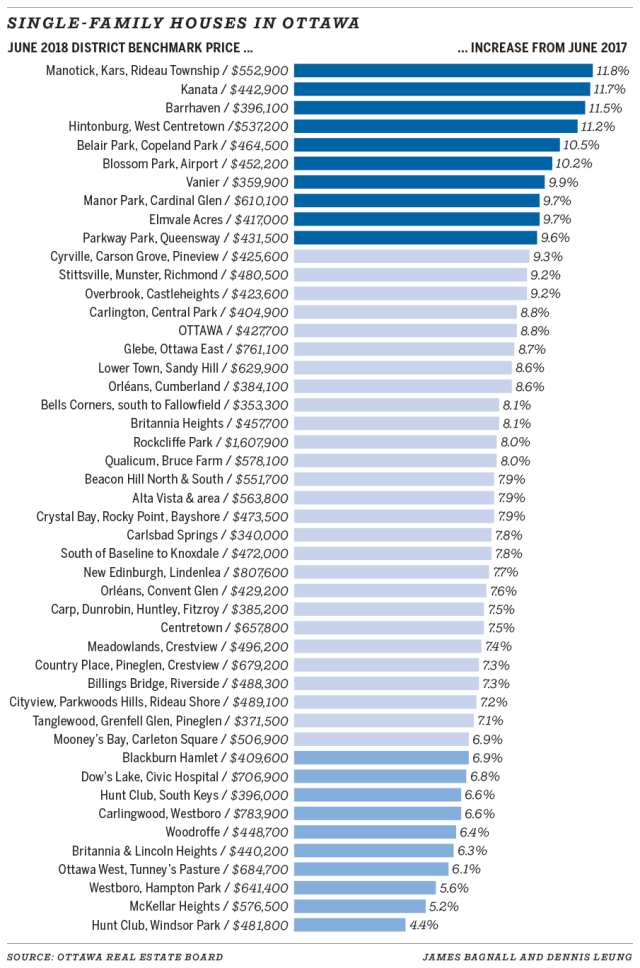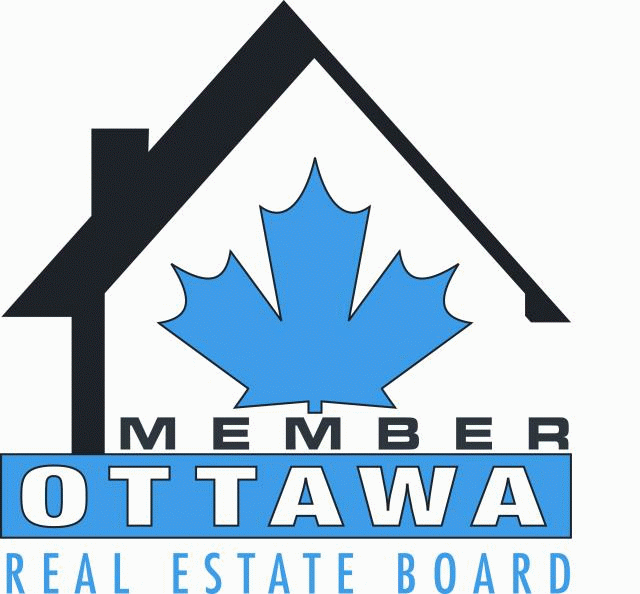
CREA has released the June 2018 statistics. A snapshot of the information can be found on the REP website. The details on the CREA website.
The Molly & Claude Team Realtors Ottawa, Royal LePageTeam Realty
by Claude Jobin
by Claude Jobin
by Claude Jobin


by Claude Jobin
by Claude Jobin


by Claude Jobin
by Claude Jobin
by Claude Jobin


by Claude Jobin
